Pâte Brisée: The Recipe to Make it at Home with just 3 Ingredients

Pâte Brisée is a basic preparation typical of French cuisine. Versatile and with a neutral taste, it is used to make desserts, savory pies, like the famous quiche Lorraine, and appetizers perfect for an aperitif or a party buffet. Easy to replicate at home, it is prepared by mixing ice water with butter, equally cold from the fridge, and flour. Once cooked in the oven, it will add a crunchiness and fragrance to any sweet and savory recipe.
For an impeccable result, it is important to sandblast using a kitchen mixer: in fact, your hands could overheat the dough excessively. If you don't have a robot or a planetary mixer available, you can quickly knead it by hand. The determining element, for optimal success, is precisely the cold: the water must be frozen, while the butter must be freshly removed from the fridge; doing so prevents the latter from melting too quickly during cooking in the oven and causing the dough to become hard.
In the case of cakes that include a particularly moist filling (such as cream or vegetables), it is recommended to carry out an initial cooking process, also known as "blind". Once in the oven, place it on the lowest shelf so that it cooks evenly.
Find out how to prepare shortcrust pastry by following the step-by-step procedure and advice.
Ingredients
How to Prepare Pâte Brisée
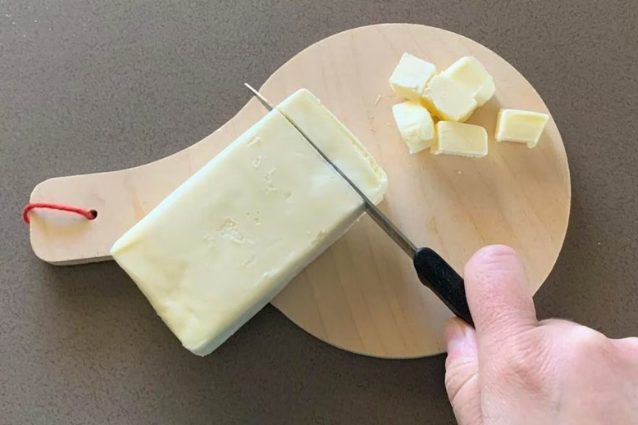;Resize,width=712;)
Take the butter directly from the fridge and cut it into small cubes.
Take the butter directly from the fridge and cut it into small cubes.
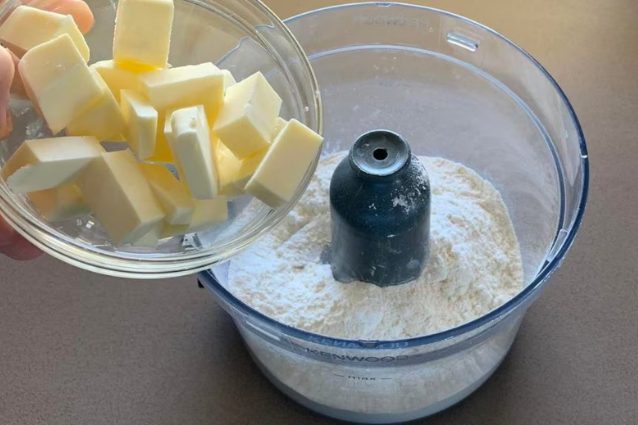;Resize,width=712;)
Pour the flour into the mixer and add the cold butter cut into pieces.
Pour the flour into the mixer and add the cold butter cut into pieces.
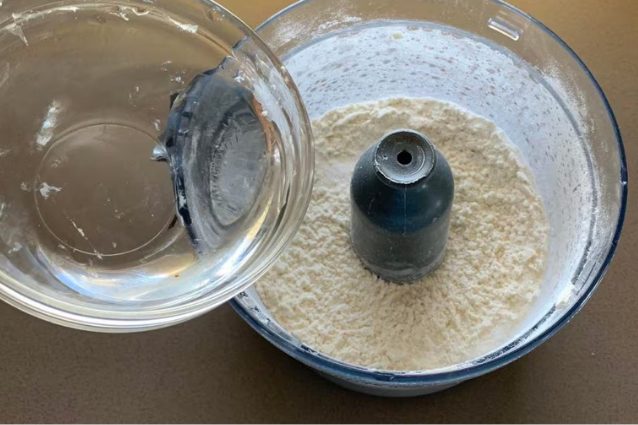;Resize,width=712;)
Blend for a few moments to obtain a floury mixture. Add also the cold water.
Blend for a few moments to obtain a floury mixture. Add also the cold water.
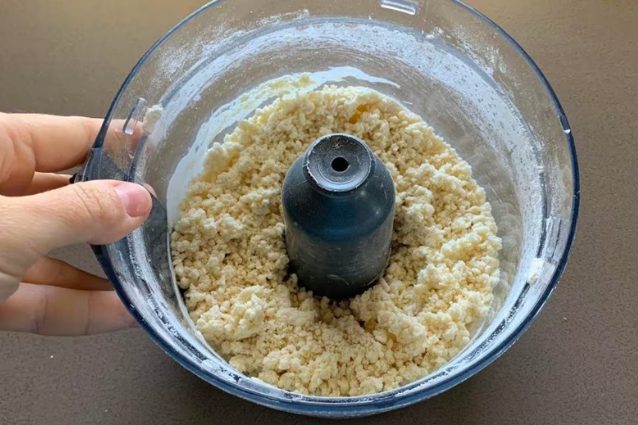;Resize,width=712;)
Blend again: you will need the mixture to turn into large crumbs.
Blend again: you will need the mixture to turn into large crumbs.
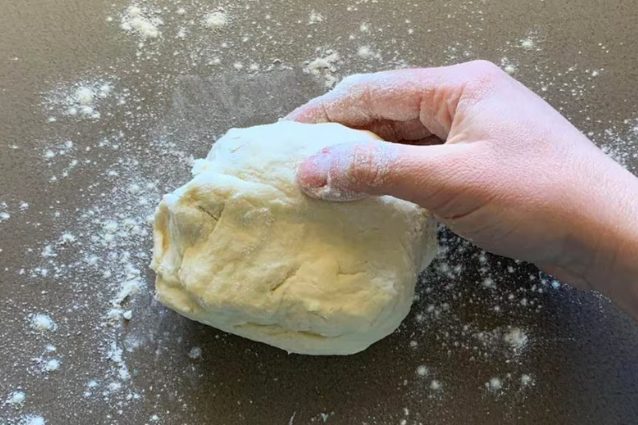;Resize,width=712;)
As soon as the dough will have taken form, remove it from the mixer and work it for a few moments on a cold, lightly floured surface.
As soon as the dough will have taken form, remove it from the mixer and work it for a few moments on a cold, lightly floured surface.
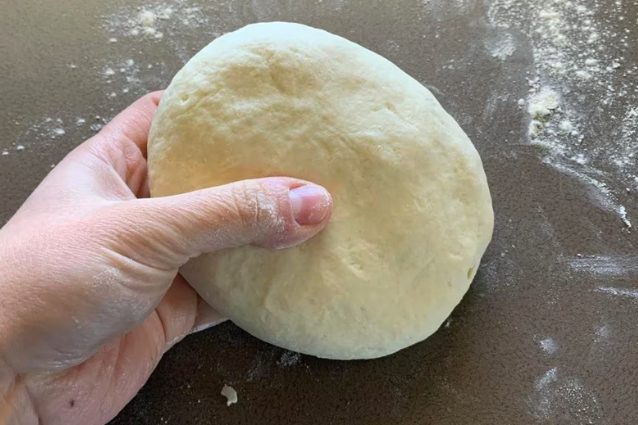;Resize,width=712;)
The pâte brisée block must be smooth and elastic.
The pâte brisée block must be smooth and elastic.
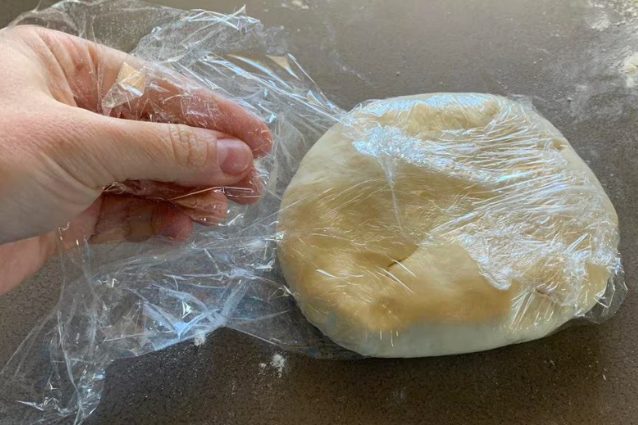;Resize,width=712;)
Wrap it in cling film and let it rest for 30 minutes in the fridge.
Wrap it in cling film and let it rest for 30 minutes in the fridge.
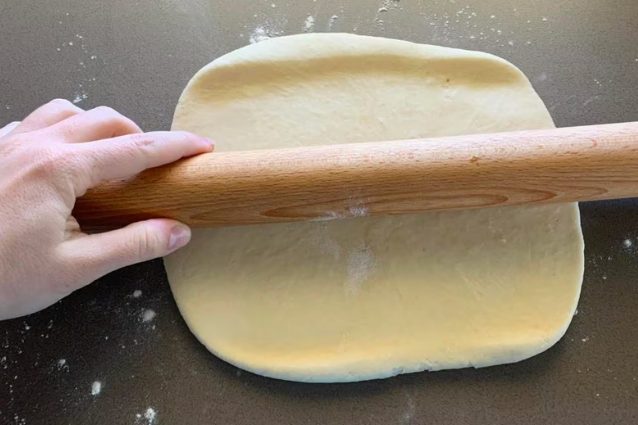;Resize,width=712;)
Once the 30 minutes are up, roll out the dough with a rolling pin.
Once the 30 minutes are up, roll out the dough with a rolling pin.
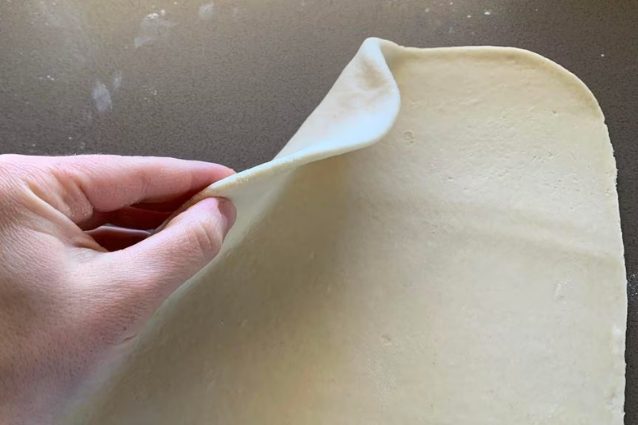;Resize,width=712;)
Choose the thickness of your shortcrust pastry based on how you want to use it.
Choose the thickness of your shortcrust pastry based on how you want to use it.
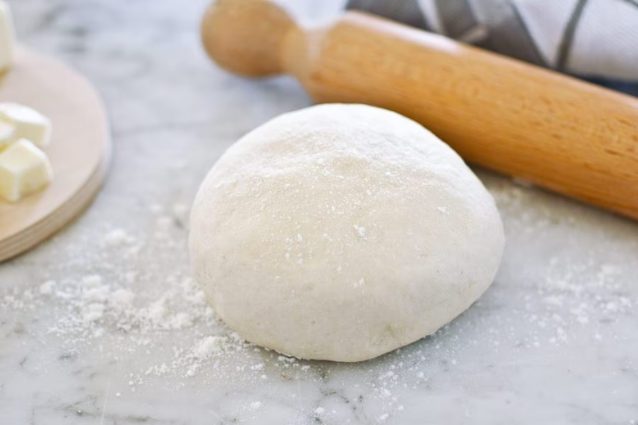;Resize,width=712;)
Let it rest in the refrigerator for at least 40 minutes before using.
Let it rest in the refrigerator for at least 40 minutes before using.
How to Store your Pâte Brisée
The pâte brisée can be stored in the refrigerator, in an airtight container, for 1-2 days. It is also possible to freeze for 1-2 months, defrosting it when necessary.
;Resize,width=767;)



